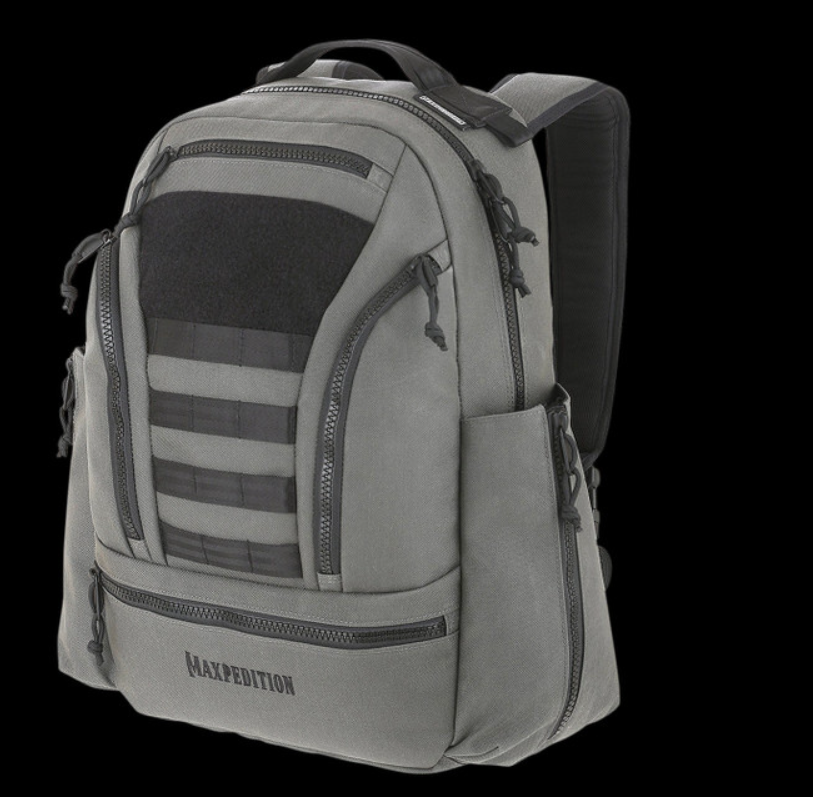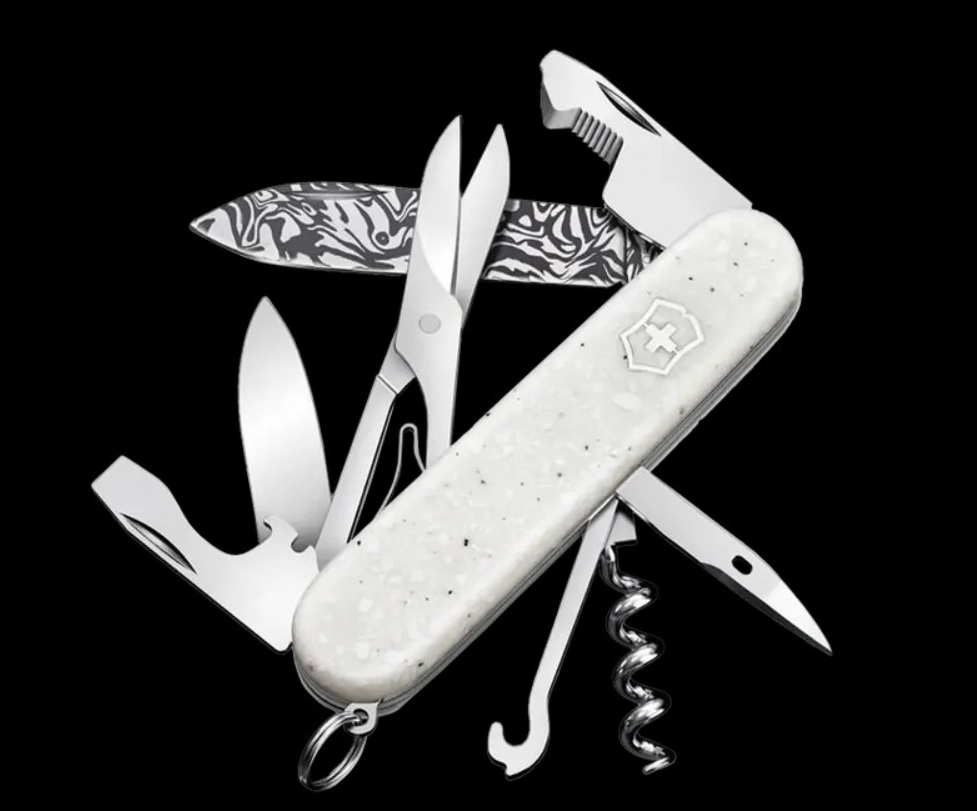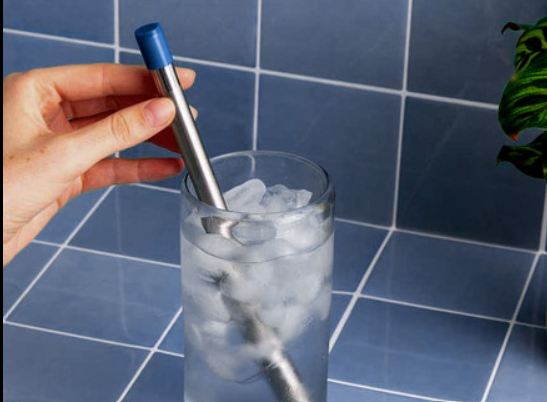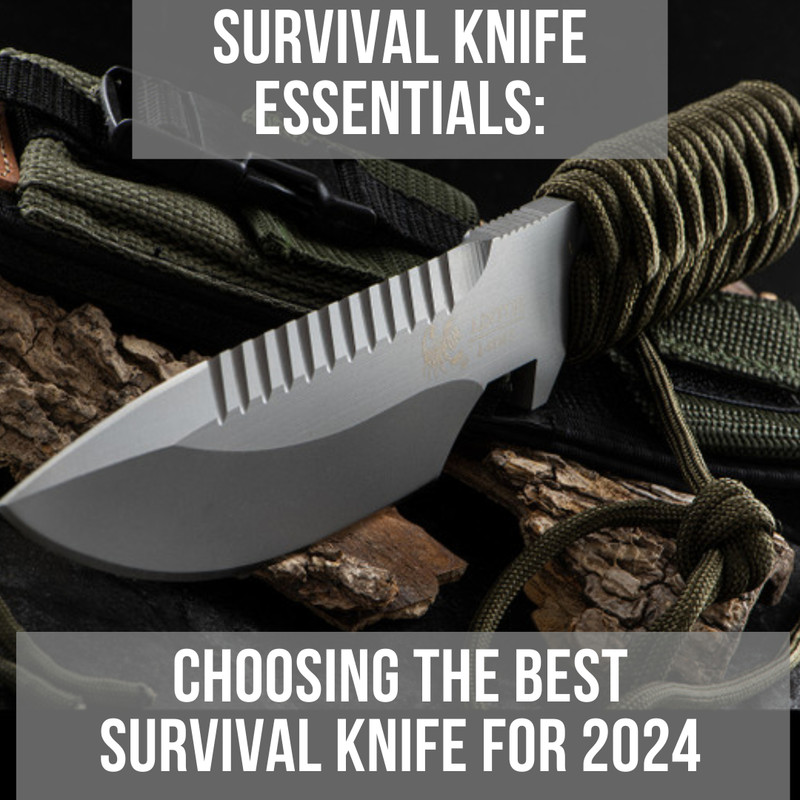The Ultimate Survival, Bushcraft, and Knife Guide: Part 3 – Survival Gear Essentials: Reddit Answered
Posted by Heinnie Haynes on 3rd Mar 2025
Welcome to Part 3 of Heinnie Haynes’ ultimate guide to survival, bushcraft, and outdoor tools. In this instalment, we’re focusing on survival gear essentials—the Reddit community asked, and we answered.
Discover the equipment you need to stay safe, secure, and self-sufficient in the great outdoors. Whether you’re trekking into the unknown or preparing for an emergency, the right gear can make all the difference.
We’ve compiled the most frequently asked questions from the survivalist community to help you select the gear that best suits your needs. From water filtration systems to lightweight survival kits, this guide will ensure you’re well-prepared for any situation.
What Are the Critical Items to Include in a Survival Kit?
The foundation of any survival kit lies in its versatility and ability to address the basic needs: shelter, fire, water, and food. At a minimum, your kit should include:
- A multi-tool with pliers, screwdrivers, and a cutting blade.
- A first aid kit stocked with bandages, antiseptics, and emergency medications.
- A water filtration system such as the LifeStraw.
- Fire-starting tools like a ferro rod, waterproof matches, or a reliable lighter.
- Paracord for building shelters, securing loads, or crafting tools.
- An emergency shelter such as a space blanket, bivvy bag, or tarp.
- Navigation tools, including a compass and a map of the area.
- High-energy emergency food supplies like ration bars or freeze-dried meals.
- A dependable knife for cutting, carving, and general utility.
Depending on your environment, you may also need specialised gear, such as extra water containers for desert treks or thermal clothing for arctic condtis
How Do I Choose the Right Survival Backpack?
A survival backpack should balance capacity, durability, and comfort. Look for a pack with a capacity of 35–45 litres, as this is sufficient for most survival scenarios without becoming too cumbersome.
Choose a backpack made from water-resistant materials to protect your gear from the elements, and ensure it has multiple compartments for organised packing.
Comfort is critical, especially when carrying heavy loads. Opt for a pack with adjustable straps, a padded back panel, and a hip belt to distribute weight evenly. MOLLE-compatible designs are ideal for attaching additional pouches or tools.
Brands like 5.11 Tactical, Maxpedition and Pentagon are renowned for their rugged, well-designed survival backpacks.

What Are the Best Multi-Tools for Survival Situations?
A multi-tool is an essential piece of survival gear, combining multiple functions into one compact device. The best multi-tools include features like pliers, knife blades, screwdrivers, bottle openers, wire cutters, and saw blades. Durability and ease of use are paramount.
Top brands such as Leatherman, Gerber, and Victorinox offer reliable multi-tools that are trusted by adventurers and professionals. For tactical use, consider options from SOG.
How Can I Effectively Pack and Organise My Survival Gear?
Organisation is key to ensuring your gear is accessible when you need it most. Start by categorising items by their purpose (e.g., shelter, fire, navigation). Use compression bags to save space and dry bags and stuff sacks to protect delicate items like electronics or matches.
Heavier items should be packed centrally, close to your back, to maintain balance and reduce strain. Frequently used items, such as your knife or fire starter, should be stored in easily accessible compartments. Avoid overpacking—prioritise lightweight, multi-functional gear to minimise weight without sacrificing capability.

What Are the Best Portable Water Filtration Systems?
Access to clean drinking water is a top priority in any survival situation. Modern filtration systems provide reliable solutions for purifying water from rivers, lakes, and streams.
The Lightweight and easy-to-use LifeStraw is a straw-style filter that removes bacteria and protozoa, making it a favourite for emergencies.
The Katadyn Pocket Filter is a robust option for long-term use, offering exceptional durability and filtration capacity.
How Do I Select Clothing and Footwear for Survival Scenarios?
Proper clothing and footwear can mean the difference between comfort and catastrophe. Start with a moisture-wicking base layer to keep sweat away from your skin, followed by an insulating mid-layer to retain heat. A water and wind-resistant outer layer is essential for protecting against the elements.
For footwear, prioritise ankle support, water resistance, and a strong grip. Lightweight boots are ideal for mobility, while breathable materials help prevent blisters. Consider brands like 5.11 and Blundstone, which are known for their rugged outdoor footwea
What Are the Best Practices for Food Storage and Preservation?
Preserving food in the wild requires methods that maintain nutritional value while preventing spoilage. Dehydration and freeze-drying are excellent options for lightweight, long-lasting food.
Vacuum-sealing protects against moisture and pests, while salt curing and smoking are traditional methods for preserving meat.
When packing food, prioritise high-calorie, nutrient-dense options like nuts, jerky, and ration bars. Store food in waterproof containers and keep it away from sleeping areas to avoid attracting wildlife.

How Can I Signal for Help in a Remote Area?
Signalling for help is critical in emergencies, and having the right tools can save your life.
On sunny days, a signal mirror can catch the attention of rescuers from miles away. A whistle is another must-have, as its sound carries farther than a shout. Bright clothing or a survival tarp can serve as a visual marker, while emergency flares provide both light and visibility at night.
If you’re stranded for an extended period, create ground-to-air signals using rocks, branches, or fire to alert aerial search teams. Modern survivalists should also consider carrying a satellite communication device for added security.
What Are the Most Reliable Methods for Starting a Fire in Adverse Conditions?
Fire is essential for warmth, cooking, and signalling, but wet conditions can make starting one challenging. Always carry a ferro rod or waterproof matches as a backup. Use a magnifying lens on sunny days or fire starters when natural tinder is scarce.
To combat damp environments, create an elevated fire platform using dry materials. Strip the inner layers of wood to find dry kindling and protect your fire with a windbreak. Multi-layer ignition methods, such as using char cloth or Vaseline-coated cotton balls, ensure a reliable flame.
How Do I Assemble a Lightweight Survival Kit?
A lightweight survival kit should weigh no more than 5kg and focus on essential, multi-functional items. Include a compact knife, a multi-tool, fire-starting equipment, water filtration, and a space blanket for warmth. Prioritise gear that serves multiple purposes, such as paracord, which can be used for shelter, repairs, or traps.
Store your kit in a durable, water-resistant pouch, and review its contents regularly to ensure everything is in working order. Remember, a well-planned survival kit is a balance of minimal weight and maximum utility.
Survival gear is the cornerstone of any outdoor adventure or emergency preparation. By investing in the right tools and learning how to use them effectively, you can confidently face whatever challenges the wilderness presents. From water filtration systems to multi-tools, Heinnie Haynes offers a range of premium survival gear trusted by professionals and enthusiasts alike.
Stay tuned for Part 4, where we’ll explore essential survival skills that every adventurer should master. Until then, trust Heinnie Haynes to provide the knowledge and equipment to keep you safe and prepared for the journey ahead.







